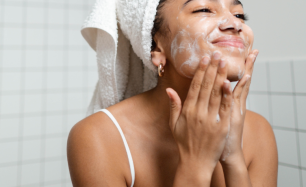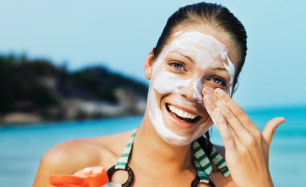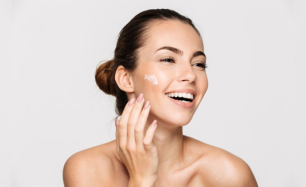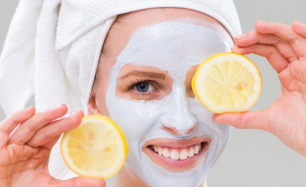The Importance of SPF: Protecting Your Skin Year-Round
Many people associate sunscreen with summer beach days, but the reality is that SPF protection is essential all year long. Exposure to the sun’s ultraviolet (UV) rays can cause premature aging, sunburn, and even skin cancer, making sunscreen a crucial step in any skincare routine. Understanding why SPF is important and how to incorporate it into your daily regimen can help keep your skin healthy and youthful.
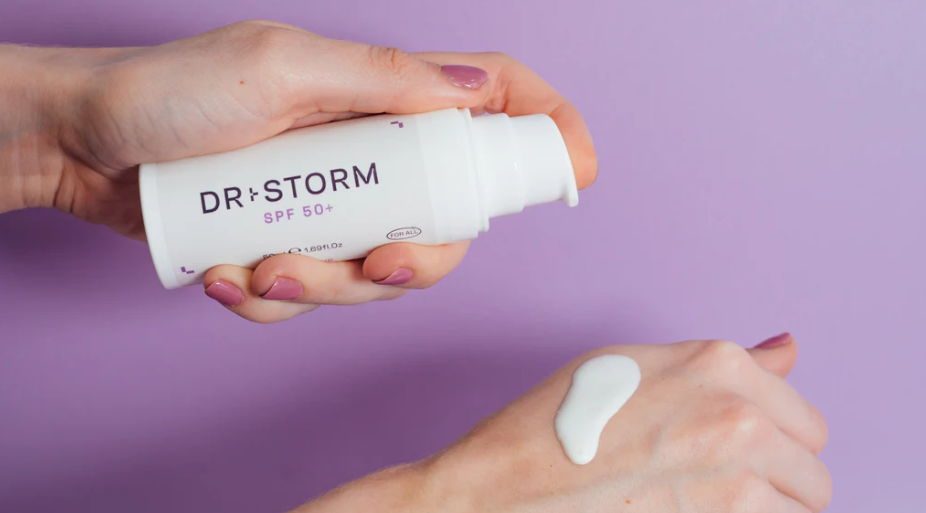
Why SPF is Essential Year-Round
1. Protection Against UV Rays
The sun emits two types of harmful UV radiation—UVA and UVB. UVA rays penetrate deep into the skin, leading to premature aging and wrinkles, while UVB rays cause sunburn and increase the risk of skin cancer. Since these rays are present throughout the year, SPF should be used daily, regardless of the season.
2. Prevents Premature Aging
Sun exposure accelerates the breakdown of collagen and elastin, leading to fine lines, wrinkles, and sagging skin. Consistent use of SPF helps maintain skin firmness and prevents photoaging, keeping your complexion youthful.
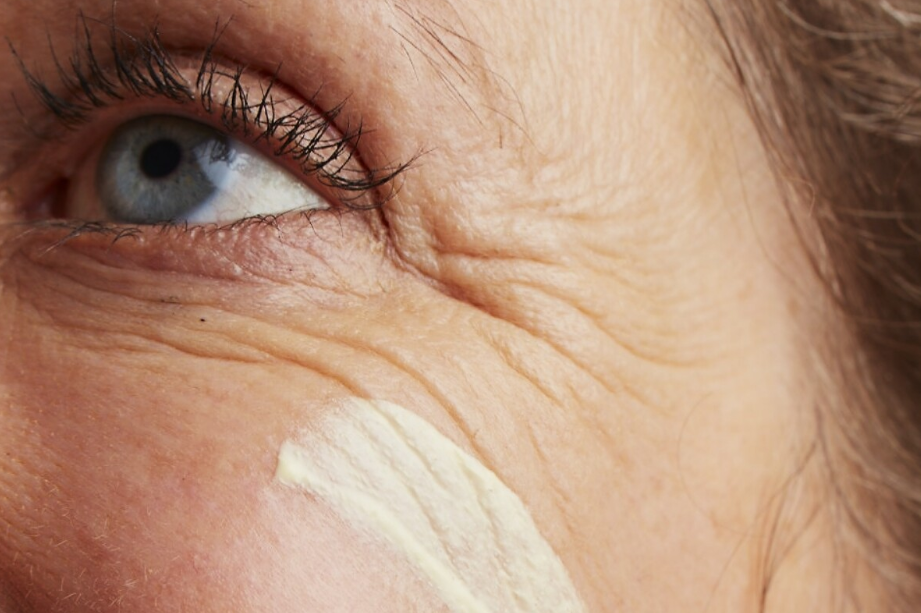
3. Reduces the Risk of Skin Cancer
According to dermatologists, prolonged exposure to UV radiation significantly increases the likelihood of developing skin cancer. Applying a broad-spectrum sunscreen with SPF 30 or higher reduces this risk by providing an effective barrier against harmful rays.
4. Protects Against Hyperpigmentation and Sunspots
Uneven skin tone, dark spots, and hyperpigmentation are often caused by prolonged sun exposure. Daily SPF application helps prevent these skin concerns, leading to a more even complexion over time.
5. Shields Skin from Year-Round Environmental Damage
Even on cloudy days or during winter, UV rays can penetrate the skin. Snow, sand, and water reflect sunlight, intensifying exposure. Wearing sunscreen ensures protection against these environmental stressors no matter the season.
How to Incorporate SPF Into Your Daily Routine
1. Choose the Right Sunscreen
Select a broad-spectrum sunscreen that protects against both UVA and UVB rays. For daily use, an SPF of at least 30 is recommended, while prolonged outdoor exposure may require SPF 50 or higher.
2. Apply Sunscreen Properly
Use about a nickel-sized amount for the face and a shot-glass-sized amount for the body. Apply sunscreen at least 15 minutes before sun exposure and reapply every two hours, especially if swimming or sweating.
3. Layer Sunscreen with Other Skincare Products
Sunscreen should be the final step in your morning skincare routine. Apply it after moisturizer and before makeup for maximum effectiveness.
4. Use SPF-Infused Makeup and Skincare
To reinforce protection, consider using moisturizers, foundations, and lip balms with SPF. While these products are helpful, they should not replace sunscreen entirely.
5. Wear Protective Clothing and Accessories
Complement SPF with physical protection by wearing hats, sunglasses, and long sleeves when spending extended time outdoors. Staying in the shade during peak sun hours (10 AM – 4 PM) further minimizes UV exposure.
Final Thoughts
Regardless of the season, SPF is a non-negotiable part of skincare. By consistently using sunscreen and taking additional protective measures, you can prevent premature aging, hyperpigmentation, and skin cancer. Prioritizing sun protection will ensure healthier, more resilient skin for years to come.
